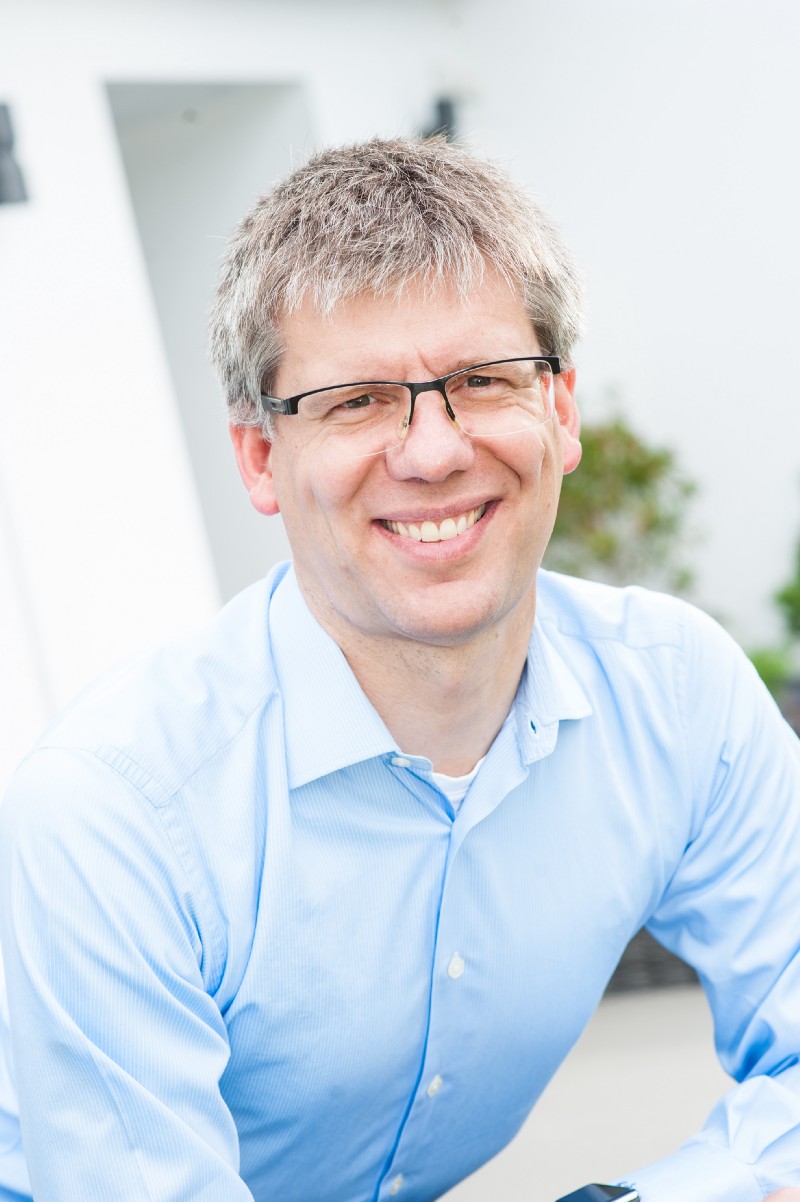Carsten Stoecker is senior manager in the Machine Economy Innovation Lighthouse Lead at German utility company Innogy, a subsidiary of the German energy company RWE. Innogy was created in April 2016 by splitting the renewable, network and retail businesses of RWE into a separate entity. Stoecker is responsible for transforming Innogy for the digital age. He recently spoke to The Innovator.
When was your unit formed and why?
C.S. Our division was formed at the end of 2015 and employs 140 people. Selling energy to retail customers is a highly competitive market. Everyone is trying to leap into the retail business — the Teslas, the Googles, they are looking at the digital value proposition, so we have to reinvent ourselves. We are looking at business model innovation, ecosystem innovation, which includes working with partners and startups and other corporates. We have launched incubation, acceleration and corporate venture capital activity in Silicon valley, London and Tel Aviv with the aim of driving exponential innovation at the edges. And we are applying design thinking to come up with new propositions.
What sort of new businesses is Innogy looking to enter?
C.S. As a grid operator we know every customer, we know the needs of the city. We want to be a solution provider for things that are smart and connected, including smart homes, connected cars, smart factories, the machine economy and augmented digital reality.
What will you need to do to achieve those goals?
C.S. We are exploring the top leading edge technologies that will be used in the machine economy: The Internet of Things, blockchain, analytics, artificial intelligence, cryptography , very modern cyber security solutions and digital twin technologies. We are looking at how we might use these technologies across verticals in areas such as e-mobility and supply chain. The fourth industrial revolution will use a huge variety of technologies. We truly believe there is a need to mesh and integrate these technologies to build the new platforms for the future, that will be used for services such as peer-to-peer car sharing. We want to be at the forefront of this transformation so we have to be among the first to seize the market opportunity.
Car companies are morphing into mobility services company. How will Innogy describe itself in the future?
C.S. We will be a fourth industrial revolution company. This is clearly about network effect and distributed ownership. We will be building platforms and providing services but which type of services we don’t know yet. The lines are blurring between the biological sphere and the digital sphere. What we have in the physical world will have an identity in the digital world. We think digital twin technology (dynamic digital representation of an industrial asset that enables companies to better understand and predict a machine or object’s performance) will be one of the core technologies going forward. What we have in the physical world will have an identity in the digital world. You will be able to store the image and 3D print a spare part and collect production and test data from an object along the whole life cycle. There are a tremendous amount of use cases and the technology is almost product ready.
Can you give some examples?
C.S. You can use digital twin technology in combination with blockchain technology to collect information about automobiles such as mileage data. This can be of great use to fleet operators, for maintenance and for used car sales. This could be offered as a software as as service with a one time license fee. Bosch, GE and Siemens are already offering digital twin services in the cloud but when you have products that have different owners it will be difficult to maintain the links to the original equipment manufacturer. Going forward the emphasis will be on edge computing rather than sending all of the information into the cloud.
How do you see the role of blockchain?
C.S. People and objects and entities will all have an ID and will be able to transact. A physical value can be sent from A to B and then there is no credit risk since there will be a permanent, immutable record and the cost of transaction will be minimal. The combination of autonomous cars and blockchain will be very powerful. Autonomous cars can be economically independent, meaning they will be able to do their own transactions including making money and using services. A car will have its own P &L. We want to part of the ecosystem, to help create the platform prototype that can be used by automotive OEMs and cities .
What do you find most challenging about leading Innogy’s transformation?
C.S. The most challenging is working with immature technologies that are changing. A huge ecosystem needs to come together and a lot of people are working on different pieces. To try to maintain an overview, work with immature technologies and to test them — that is challenging. But we have a lot of support inside Innogy — including from the CEO — to do pretty advanced stuff even if the business models are not yet clear.







